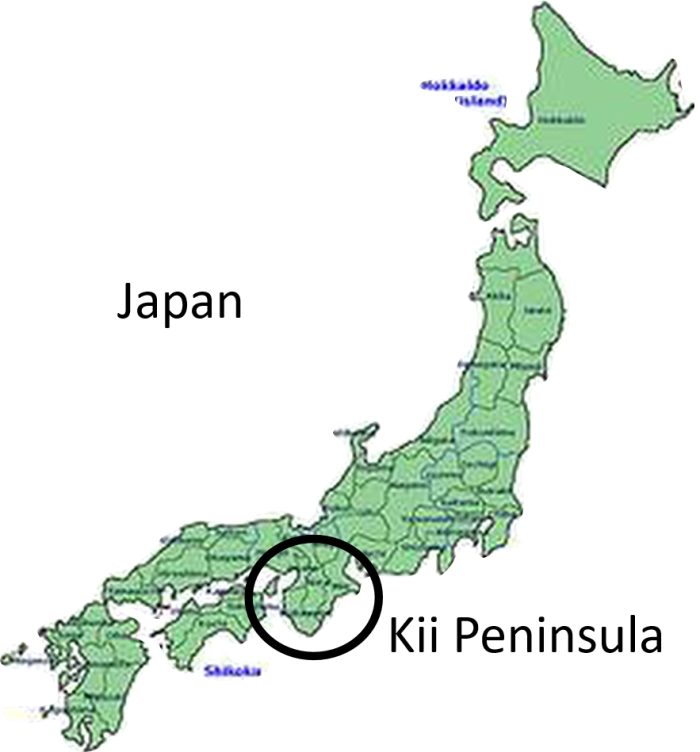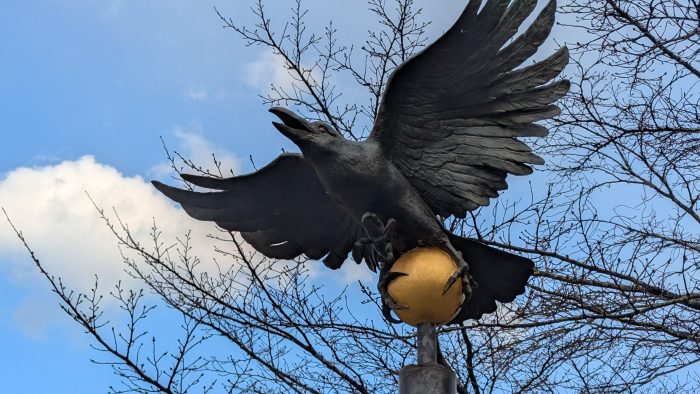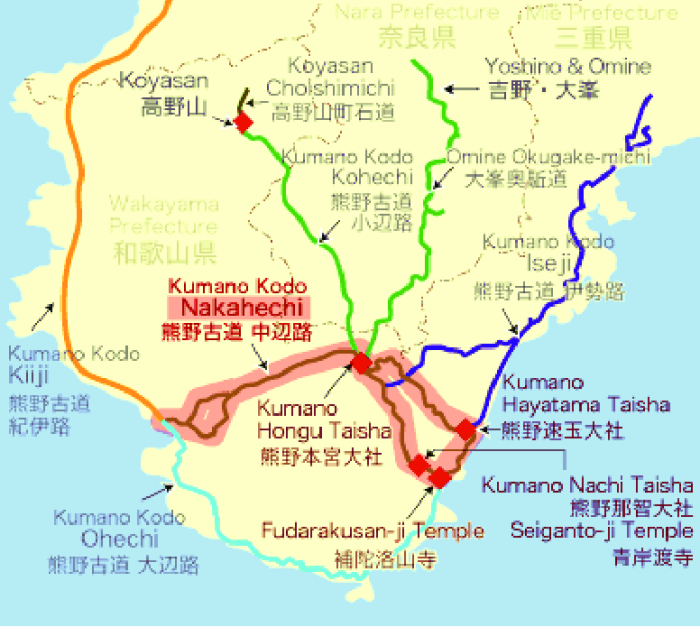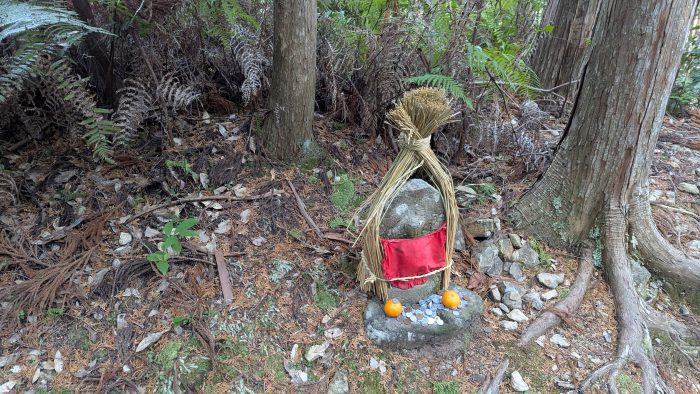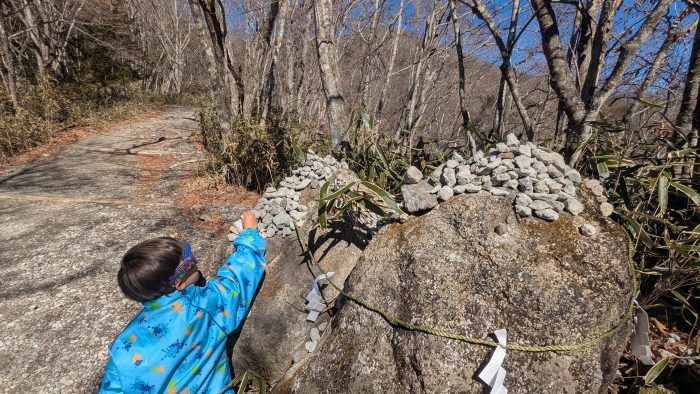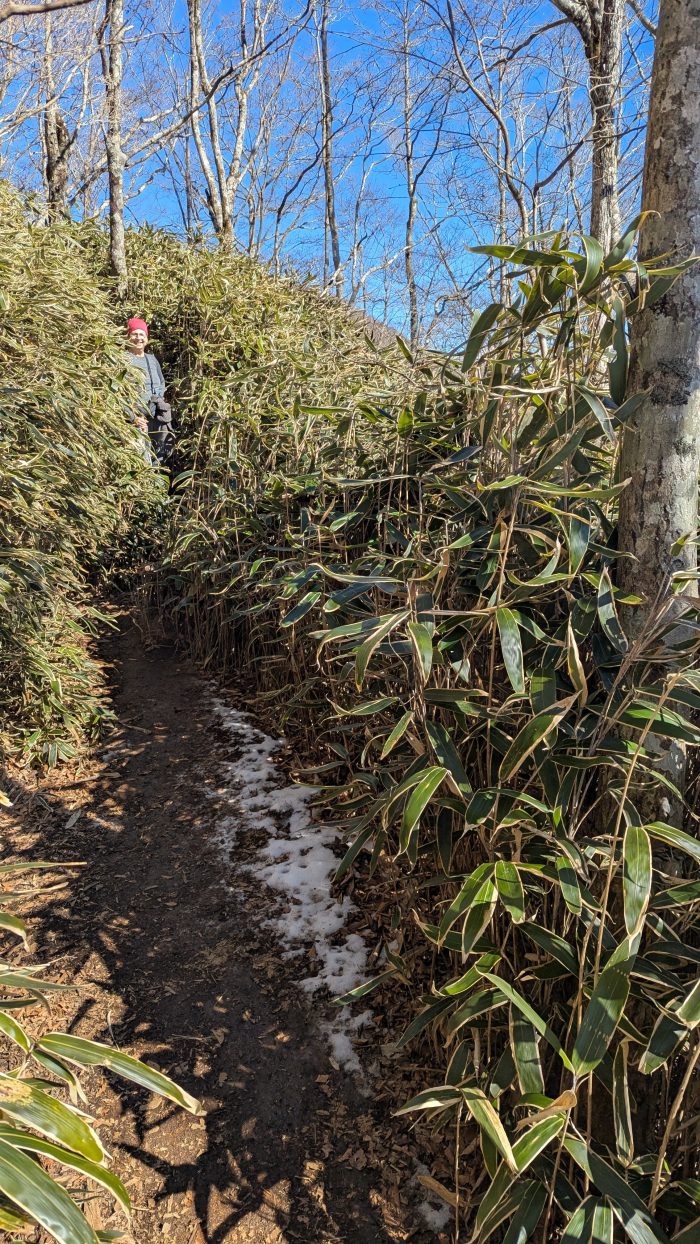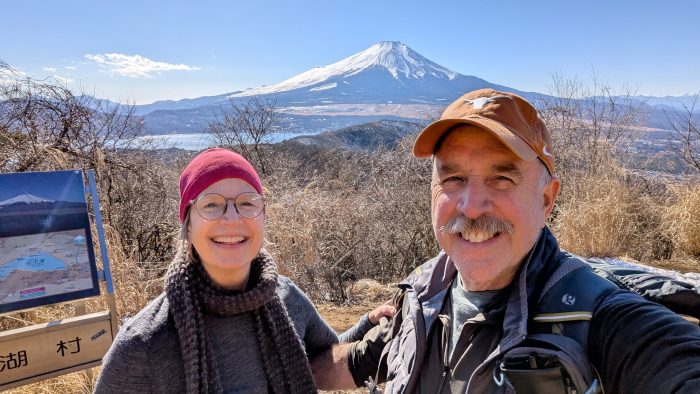Two Pilgrimages, One Journey: Discovering the Kumano Kodō after our Camino
Nestled in the rugged mountains of Japan’s Kii Peninsula lies the Kumano Kodō, an ancient and spiritual pilgrimage route, a UNESCO World Heritage Site that beckoned us with its promise of remote beauty and the spiritual adventure of another faith.
But how did we find ourselves on this sacred path? Our journey began with another UNESCO pilgrimage, the Camino de Santiago, that we completed in July 2024. I wrote about it on TheTrek .
The Other Pilgrimage
“Japan also has a pilgrimage,” my son-in-law said after I had completed my first Camino via The French Way in 2017 . I say completed, as one never really finishes a Camino. He is Japanese and I imagined it was something we would someday do together. But a month after Suzanne and I walked into Santiago, our daughter and her husband moved our only grandkids to Japan for the remainder of their sabbatical, or adult gap year, as I call it. A year without seeing our grandkids would be too long, so we used frequent flyer points to fly to Japan and since we would be in the area, why not try to become Dual Pilgrims, Suzanne suggested. A Dual Pilgrim is one who has walked both.
The Kumano Kodō is not just a trail through the mountains of Japan’s Kii Peninsula, it’s a gateway between worlds, connecting those who walk it to the ancient wisdom that lives within each of us. It’s Shino, it’s Buddhist, it’s a syncretism of nature and worship dating from 7c BC, all guided by the mythical Yatagarasu, a three-legged crow sent from the heavens. It is said to be a ritual of purification, a shedding of what no longer serves our journey through life, a step-by-step chance to recreate the self. For me it is recreating this next half of our lives as we’ve decided this is our last year with the organization we both serve.
Once only walked by the imperial families of Japan and its nobility as early as the 10th century, these pilgrimages were widely believed to accrue merit in the afterlife. In the 12c Samurai warriors joined the pilgrimage, and by the 14c commoners were also pilgrims. Gaijin, like us we, came significantly later.
The Imperial Nakahechi: 99 Shrines, Temples and the Grand Kumano Deities
We’ve decided on the Nakahechi Route, also known as the Imperial Route, which starts in Kii-Tanabe and includes the three grand shrines of Kumano. Along the way we may see, or at least walk by, 99 sub shrines, and a series of Kumano Kami, or deities enshrined in the Grand shrines.
Like the Knights Templar who protected Pilgrims on Camino in the 12c, the Kumano Kodō has its Jizō, cute little statues placed on the way to protect pilgrims, in addition to their regular work as the guardians of children, firemen and travelers.
A Trail of Questions: Kumano Kodō, Faith, and the Unknown Journey
Now a few days out, I am filled with questions. I wonder how she will compare to the other pilgrimages and hikes I have done. How will she compare to the AT—that grand old lady of the Appalachians? How will she compare to the French or Portuguese Ways of the Camino, or the Colorado Trail or the trails I’ve hiked in Texas. Each were different and had a different Spirit about them. How will Buddhism, Shinto and my faith interact? What will the people be like on this journey? Will there even be people, seekers or hikers not even knowing they’re searching for something? We worry about the cold.
Shakedown Hike: Learning from the Camino, Preparing for Kumano Kodō
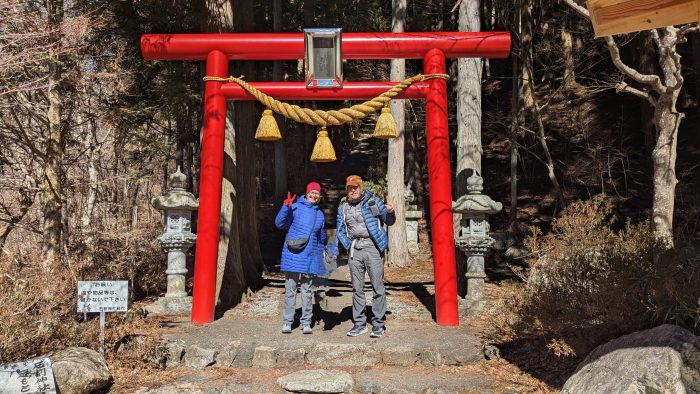
Torri Gate of the Mount Hirao – Mount Ishiwari – Loop. Torri Gates separate the secular from the sacred.
During a shakedown hike on the Mount Hirao – Mount Ishiwari – Torii Gate Loop, we talked about things we might do differently on this hike. I wondered if we might spend an hour or two alone each afternoon to be alone with our thoughts. Normally we’re spending every moment of every day together talking, and I’d remembered Suzanne saying something about alone time when we debriefed last summer’s Camino.
The shakedown starts with an assent of 400 steps, which our son-in-law and grandson climb, reaching it well before us. We stop to study something familiar, a pile of stones that I assume people have carried here and left. There is Shide – the zigzag-shaped paper streamers, attached with string to demarcate holy spaces. Could this holy place be Japan’s Cruz de Ferro, like on the French Way for people to leave their burdens? When my grandson reached for the stones, a collective gasp might have escaped from us. He brushes a few stones off, and then thoughtfully picks up and places each one back into the pile, an unexpected reverence this 4-year-old intuitively understood. I’m just thankful he doesn’t keep one.
The kids turn back and we continue as the trail narrows to an uphill path through bamboo, with glimpses of Mt. Fuji framed by winter’s bare branches. We pass a shrine and a few Jizō on the way to find an amazing view of Mt. Fuji at the top.
Altogether its a few steps shy of 3 miles, with an elevation gain/loss of 1770 ft. AllTrails has classified it a moderate hike of 2 hours, so of course it took us 3, not including breaks. Typical days on the KK will be two to three times this much, but we started early afternoon, so I think we’ll be fine if we get started early. My time in the AT taught me miles before noon were essentially free—it’s those afternoon miles that git ya. The Grand Ole Lady also taught me that when more miles come before noon than after, it will be a good day.
The trail down is a muddy mess, a toboggan run of mud and exposed tree roots straight down. Mud to slide in, roots to trip on. We’re glad we brought trekking poles to stabilize our descent.
The Kumano Kodō: A Slack-Packing Pilgrimage
This will be a very different Camino from others we’ve hiked. On a continuum from least amount of pre-hike organization to most, the Kumano Kodō—or the KK, as we’ve affectionately dubbed it—ranks highest. From least to Most: the French Way, Kerry Camino (Ireland), Portuguese Way, and Kumano Kodō. Fortunately, while I was off hiking The Chisos Basin of Big Bend Nat’l Park, Suzanne planned everything via the Kumano Kodō planning portal . Unlike any pilgrimage we’ve undertaken, the KK, in true Japanese fashion, has demanded meticulous planning, including luggage transfers. With its unique booking system and tight 20 days before deadlines, it’s a testament to Suzanne’s superpower of organization and hopefully comes with a reminder that even well-laid plans can require some grace if things don’t work out perfectly. We’ve traded my spontaneous adventures for her organized logistics.
With the Imperial Route now just days away, I start seeing signs of nervousness in Suzanne, she is wondering how her meticulously planned journey will unfold, as we slack pack the spirit of faith and adventure on this ancient pilgrimage, the Kumano Kodō.
This website contains affiliate links, which means The Trek may receive a percentage of any product or service you purchase using the links in the articles or advertisements. The buyer pays the same price as they would otherwise, and your purchase helps to support The Trek's ongoing goal to serve you quality backpacking advice and information. Thanks for your support!
To learn more, please visit the About This Site page.

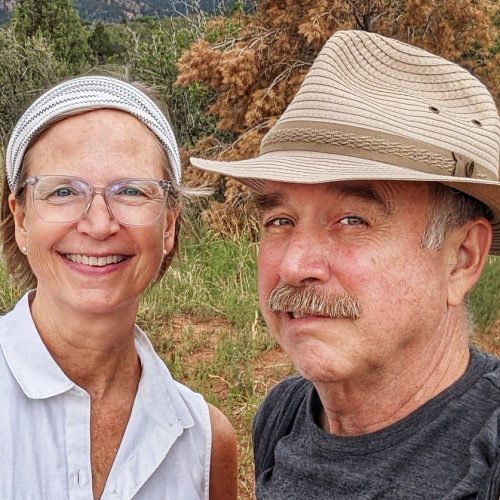 ">
">
